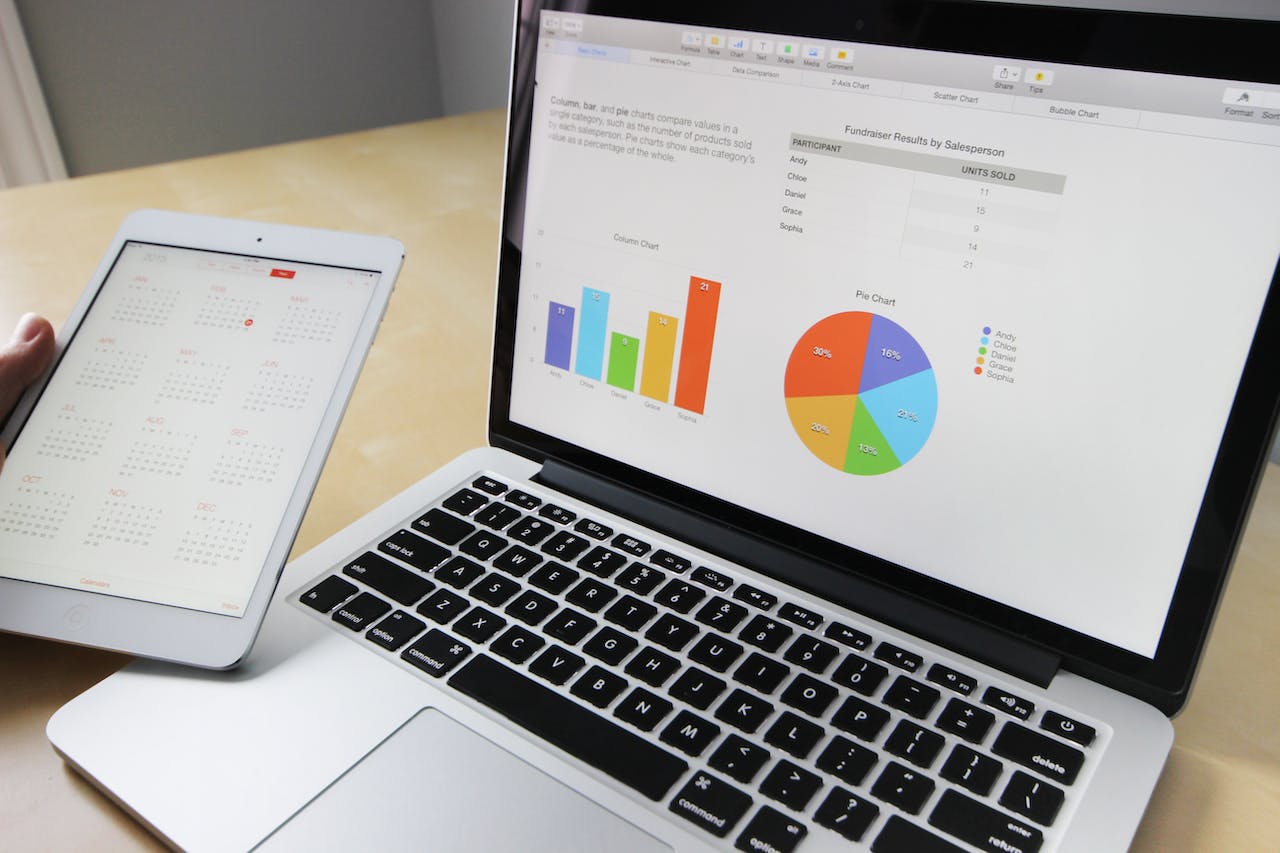
Begin by taking a thorough look at your current financial situation, including your income, expenses, savings, and any existing debts.
Congratulations on taking the exciting step towards purchasing your first home! This monumental decision marks a significant milestone in your life, and we understand that it can feel overwhelming at times. That’s why we’re here to guide you through the process and ensure that you’re well-prepared, especially when it comes to the financial aspects of home buying. Simpson Wood, renowned experts in financial planning, we provide comprehensive guidance to ensure your home buying journey is smooth and financially sound.
Establishing Your Budget
Before diving into the home buying process headfirst, it’s crucial to establish a solid budget. Begin by taking a thorough look at your current financial situation, including your income, expenses, savings, and any existing debts. By understanding your financial landscape, you’ll be better equipped to determine how much you can comfortably afford to spend on your new home.
Factors to Consider in Your Budget:
- Income: Calculate your monthly income after taxes to determine your purchasing power.
- Expenses: Take stock of your monthly expenses, including bills, groceries, transportation, and discretionary spending.
- Savings: Assess your savings account and any other liquid assets that you can allocate towards your down payment and closing costs.
- Debts: Consider any outstanding debts, such as student loans or credit card balances, and how they may impact your ability to secure a mortgage.
Saving for a Down Payment
One of the most significant financial hurdles for first-time homebuyers is saving for a down payment. While traditionally, a 20% down payment has been recommended, many lenders offer loan programs that require less upfront capital. However, it’s essential to weigh the pros and cons of various down payment options to determine what works best for your financial situation.
Strategies for Saving:
- Automate Savings: Set up automatic transfers from your checking account to your savings account to ensure consistent contributions.
- Reduce Expenses: Cut back on non-essential spending and redirect those funds towards your down payment fund.
- Explore Down Payment Assistance Programs: Research government and local initiatives that offer financial assistance to first-time homebuyers.
- Consider Alternative Funding Sources: Explore options such as gifts from family members or withdrawing from retirement accounts (with caution) to bolster your down payment fund.
Understanding Mortgage Options
Once you’ve established your budget and saved for a down payment, it’s time to explore your mortgage options. A mortgage is a significant financial commitment, so it’s crucial to choose the right loan product for your needs.
Types of Mortgages:
- Fixed-Rate Mortgages: Offer consistent interest rates and monthly payments over the life of the loan, providing stability and predictability.
- Adjustable-Rate Mortgages (ARMs): Feature interest rates that fluctuate over time, typically starting lower than fixed-rate mortgages but potentially rising in the future.
- Government-Backed Loans: Including FHA loans and VA loans, which offer flexible qualification criteria and lower down payment requirements for eligible borrowers.
Budgeting for Closing Costs
In addition to your down payment, you’ll also need to budget for closing costs when purchasing a home. Closing costs encompass a variety of fees and expenses associated with finalizing the real estate transaction.
Common Closing Costs Include:
- Loan Origination Fees
- Appraisal Fees
- Title Insurance
- Home Inspection Fees
- Attorney Fees
- Property Taxes
- Recording Fees
Building an Emergency Fund
Owning a home comes with unexpected expenses, from minor repairs to major maintenance projects. That’s why it’s essential to build an emergency fund to cover unforeseen costs and protect your financial well-being.
Tips for Building an Emergency Fund:
- Set Aside Funds Regularly: Allocate a portion of your monthly budget towards your emergency fund.
- Automate Contributions: Schedule automatic transfers to your emergency fund to ensure consistent savings.
- Replenish as Needed: If you dip into your emergency fund, prioritize replenishing those funds as soon as possible.
Conclusion
Navigating the financial aspects of buying your first home can be daunting, but with careful planning and preparation, you can achieve your homeownership goals. By establishing a budget, saving for a down payment, understanding mortgage options, budgeting for closing costs, and building an emergency fund, you’ll be well-equipped to embark on this exciting journey towards homeownership.











